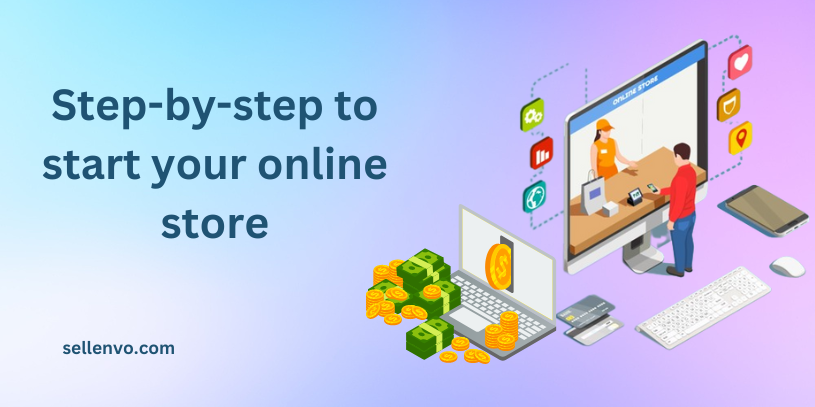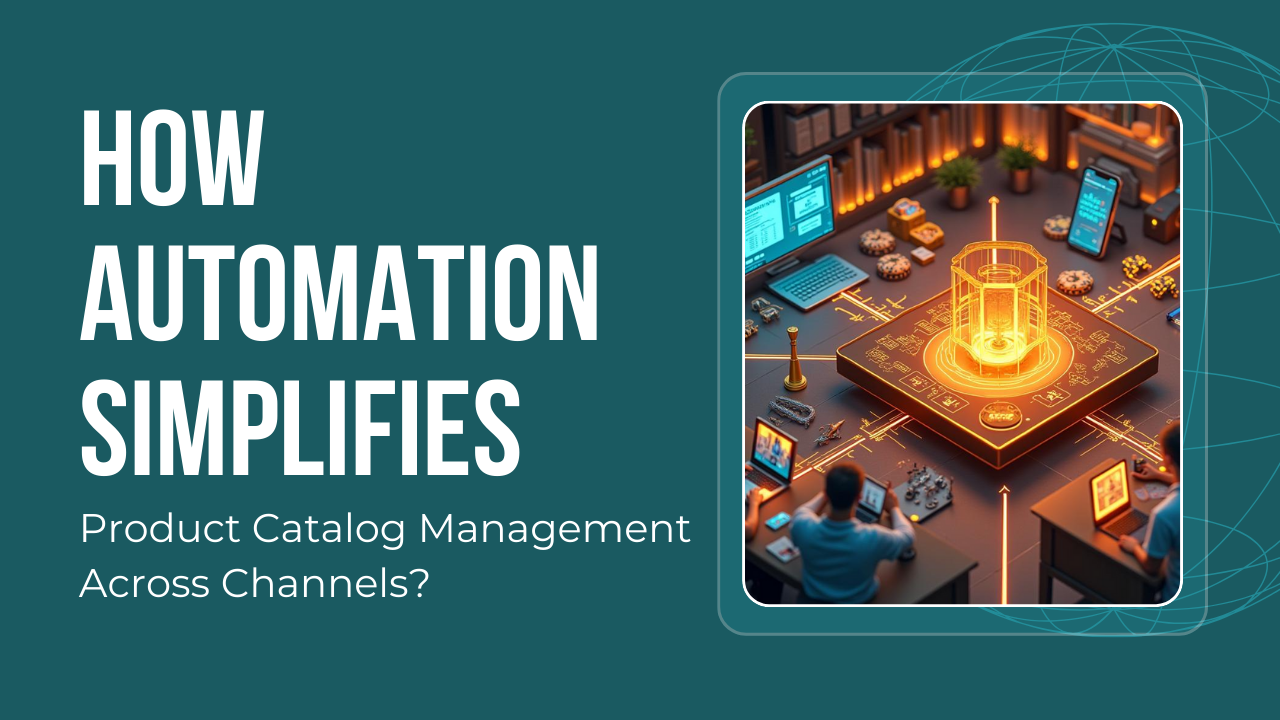A Step-by-Step Guide to Starting Your Own Store on Amazon
Are you looking to start your own store on Amazon? If so, you’re in the right place! Amazon is the world’s largest online retailer, and it offers a massive audience for your products. In this step-by-step guide, we’ll walk you through the process of starting your own store on Amazon, from creating your account to listing your products.
Step 1: Create Your Amazon Seller Account
Starting your own store on Amazon can be a profitable venture if done correctly. With over 300 million active customers worldwide, Amazon is the largest online retailer in the world, making it an ideal platform to sell your products.
The first step to starting your own store on Amazon is to create a seller account. Here’s how:
- Go to the Amazon Seller Central website (https://sellercentral.amazon.com/).
- Click on the “Register now” button.
- Fill in your personal and business information, including your name, email address, phone number, and credit card information.
- Choose the marketplace where you want to sell your products. You can choose from Amazon.com (US), Amazon.ca (Canada), Amazon.co.uk (UK), and many others.
- Set up your seller profile. This includes providing information about your business, such as your company name, address, and tax ID number.
Step 2: Decide on Your Products
Before you can start selling on Amazon, you need to decide on what products you want to sell. It’s important to do your research and choose products that have high demand and low competition. You can use Amazon’s Best Seller Rank to see what products are selling well on the platform Account
Step 3: List Your Products
Once your seller account is set up and you decided what products you want to sell on Amazon, it’s time to start listing your products. Here’s how:
- Log in to your Amazon seller account.
- Click on the “Inventory” tab and select “Add a Product.”
- Fill in the product details, including the title, description, and images.
- Set the price, shipping options, and other details.
- Click “Save and finish” to list your product on Amazon.
Or you can use Third-party software like SellEnvo to help you speedily list your products.
Step 4: Optimize Your Listings
To get the most out of your Amazon store, you’ll want to optimize your listings for search. Here are some tips:
- Use relevant keywords in your product titles and descriptions.
- Include high-quality images that show your products in the best possible light.
- Provide detailed product information, including specifications, dimensions, and materials.
- Encourage customers to leave reviews by providing excellent customer service.
Step 5: Manage Your Inventory and Orders
As your Amazon store grows, you’ll need to manage your inventory and orders. Here’s how:
- Use third-party tools such as SellEnvo to manage your orders, track your stock levels, and replenish inventory when necessary.
- Monitor your orders regularly and fulfill them promptly.
- Provide excellent customer service, including fast shipping and prompt responses to customer inquiries.
Step 6: Promote Your Amazon Store
To drive traffic and sales to your Amazon store, you’ll need to promote it effectively. Here are some tips:
- Use Amazon’s advertising tools, such as sponsored products and sponsored brands, to reach a wider audience.
- Participate in Amazon’s promotions and deals, such as Lightning Deals and Prime Day.
- Utilize social media and other marketing channels to drive traffic to your Amazon store.
Step 7: Monitor Your Performance and Adjust Your Strategy
Finally, it’s essential to monitor your Amazon store’s performance and adjust your strategy accordingly. Here’s how:
- Use Amazon’s analytics tools to track your sales, traffic, and customer behavior.
- Identify areas for improvement and adjust your listings, pricing, and promotions accordingly.
- Stay up to date on Amazon’s policies and guidelines, and make sure your store is in compliance.
Effective inventory management is crucial for success on Amazon, and there are many resources available to help you manage your inventory. Check out our guide on Inventory Management for Amazon sellers to learn more.
Starting your own store on Amazon can be a lucrative and rewarding venture. By following these steps, you’ll be well on your way to success as the world’s largest online retailer. Good luck!



